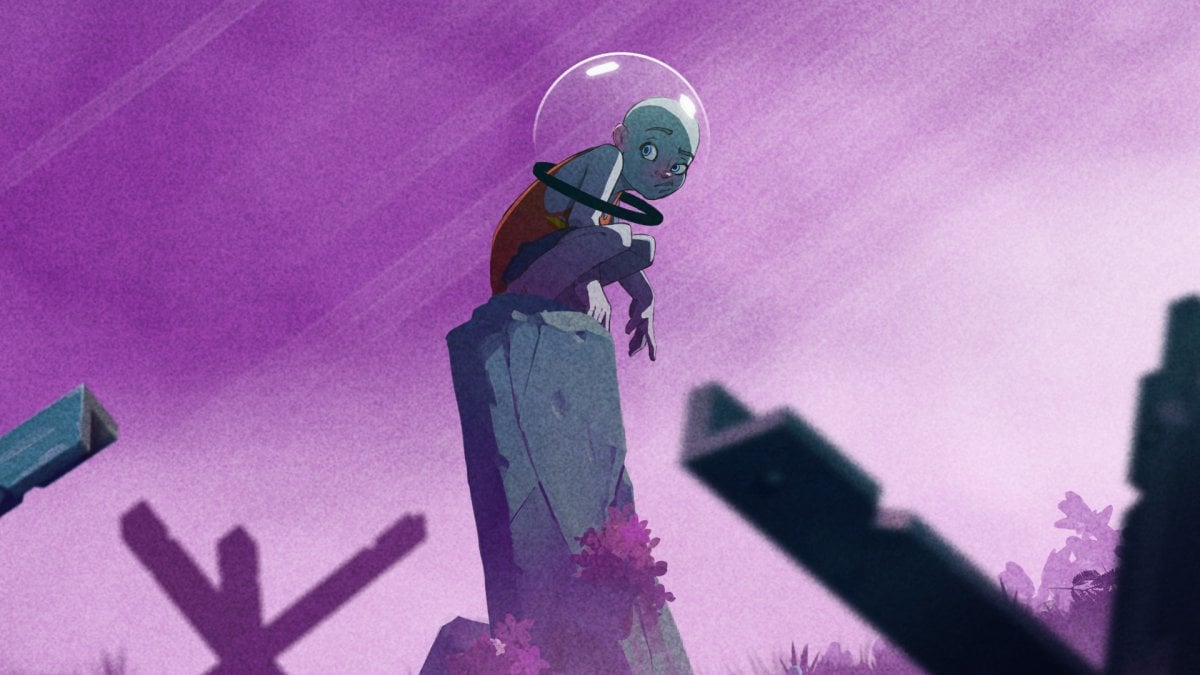Two studies published in the Monthly Notices of the Royal Astronomical Society make important discoveries. A research team coordinated by James Nightingale of Durham University has identified one of the largest supermassive black holes ever seen. It is located at a distance of 2.7 billion light years from us. Instead, a team from the Harvard-Smithsonian Center and the Max Planck Institute found “butterflies,” smaller black holes, with the European satellite Esa Gaia: and they’re the closest they’ve ever been detected.
Your browser does not support HTML5
A giant, with a mass of 32.7 billion times the mass of our Sun, and two “butterflies” very close to Earth: the ability to recognize and study black holes is making giant strides, and this has been proven by two studies published in the Monthly Notices Royal Astronomical Society using two completely different innovative methods. The hole, which was discovered by an international research group coordinated by James Nightingale, from Durham University in the United Kingdom, is one of the largest supermassive black holes ever identified, with a mass of 32.7 billion times the mass of the Sun, and is located at 2.7 billion light-years away.
How was it spotted?
“What makes the work even more significant – commented Crescenzo Tortora, of the Capodimonte Astronomical Observatory of the Italian Institute of Astrophysics (INAF) – is the method by which it was identified, namely the use of gravitational lensing.” It is a phenomenon of light distortion, already predicted by Einstein’s relativity, that is being used more and more in recent years and allows opening up new possibilities for astronomy. “Gravitational lenses are a kind of mirage due to the force of gravity,” Tortora said. “In some respects – he continued – it is similar to what we observe when we see an object behind glass. The light of the object is distorted by the glass, in gravitational lensing the distortion is caused by gravity created by the mass placed between us and something far away.” The lens for this study is the galaxy at the center of the Abell 1201 cluster, which appears in the Hubble images surrounded by gorgeous distorted images of a galaxy far beyond Abell 1201. In this case, the focus of attention was not on the distorted one. The image but the lens itself: When analyzing the distortion, it was verified that there is an invisible giant in the center of the galactic lens, a black hole with a mass of 32.7 billion times the mass of the Sun.
See also
Physics, The Mystery of White Holes: The Interview with Carlo Rovelli
spotting “butterflies”
Instead, a very different method allowed researchers led by Karim El Badry, of the Harvard-Smithsonian Center and the Max Planck Institute, to detect ‘butterflies’, two much smaller black holes (about 10 times the mass of the Sun). But closer to us, at 1,500 and 3,000 light-years away, are the closest ones ever detected. This time the discovery came from the amazing sensitivity of Gaia, the European Space Agency (ESA) satellite that creates the most complete map of our galaxy’s stars and is able to observe even the smallest motions of stars. The researchers observed small “wiggles” of some stars that appear to be orbiting their small, dense but invisible companion: more in-depth analyzes of two cases indicate the presence of two small black holes that would not emit any kind of radiation and would, in fact, be practically invisible. “These are very interesting methods,” Tortora commented, “and as far as gravitational lensing is concerned, we hope to get important improvements in the short term, especially with the ESA Euclid space telescope that will be launched this summer. So far, we only know about a few hundred Gravitational lensing cases, with Euclid we expect to be able to detect hundreds of thousands of them.”

See also
Space has detected a sleeping black hole fleeing its galaxy

“Unable to type with boxing gloves on. Freelance organizer. Avid analyst. Friendly troublemaker. Bacon junkie.”



